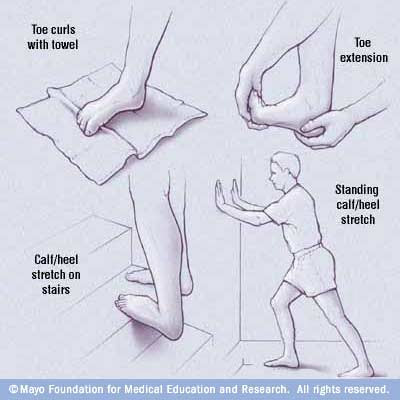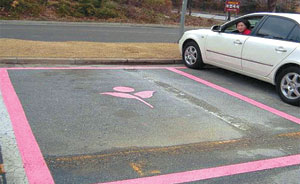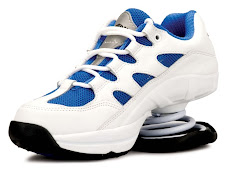 How to Ease Your Backache
How to Ease Your BackacheRoughly 8 out of 10 people suffer from back pain at some point during their lives. Women, in particular, are prone to posture and back problems—thanks to toting around outrageously heavy purses, going through pregnancy, or giving one-hip rides to kids. Whether you’re in the midst of fighting the ache or just want to prevent it, here are some expert-endorsed quick-and-easy ways to wage your war.
Pass the broccoli, please
You know that calcium is key for strong bones, but Japanese researchers have identified something else you need: vitamin K. It’s believed that the vitamin, found in broccoli, spinach, and other dark leafy greens, helps calcium deposit in the bones, making them denser. The stronger your bones, the stronger your whole body—and the lower your chances of an injury that could cause back pain.
If your purse or briefcase tips the scales at more than 10 percent of your weight, it’s too heavy. And you need to carry it right. Your best bet is a model with a long strap that lets you position it across your chest like a messenger bag. Can’t part with your shorter-strapped number? Switch shoulders every 20 minutes.
 Sleep right
Sleep rightA harder bed may not be better for your back. A recent study in Spine found that people who slept on softer beds reported less lower-back pain than those who snoozed on harder ones. Pillows? Yours shouldn’t raise your head out of alignment with your spine. How to tell: If you’re a back sleeper, your chin shouldn’t press into your chest. If you’re a side sleeper, it shouldn’t curve up toward your shoulder.
Tighten those abs
Having strong core muscles (we’re talking abs here) can help protect your back from injury. Do this core-strengthening pelvic tilt 2 to 3 times per week: Lie on your back with knees bent, feet flat on the floor, and lower back flattened. Pull in your belly button toward your spine, contracting your abs; your pelvis should lift slightly off the floor.
Sitting at a desk for eight (or more) hours a day can really do a number on your back. Make sure to sit with your back against your chair (get a lumbar pillow if you chair doesn’t allow this) and both feet flat on the floor.
 How Z-CoiL® footwear can help
How Z-CoiL® footwear can helpThe shock-absorbing heel in Z-CoiL footwear, in conjunction with thick forefoot cushioning, reduces impact to the body by up to 50% compared to conventional shoes. The built-in Z-Orthotic also promotes good posture, which relieves further stress on your back, while rocker-bottom soles in the shoes help you maintain a smooth gait as you walk. Check out our full line of Z-CoiL Footwear: www.zcoil.com















 If they keep wearing high heels, they may end up using the
If they keep wearing high heels, they may end up using the 












